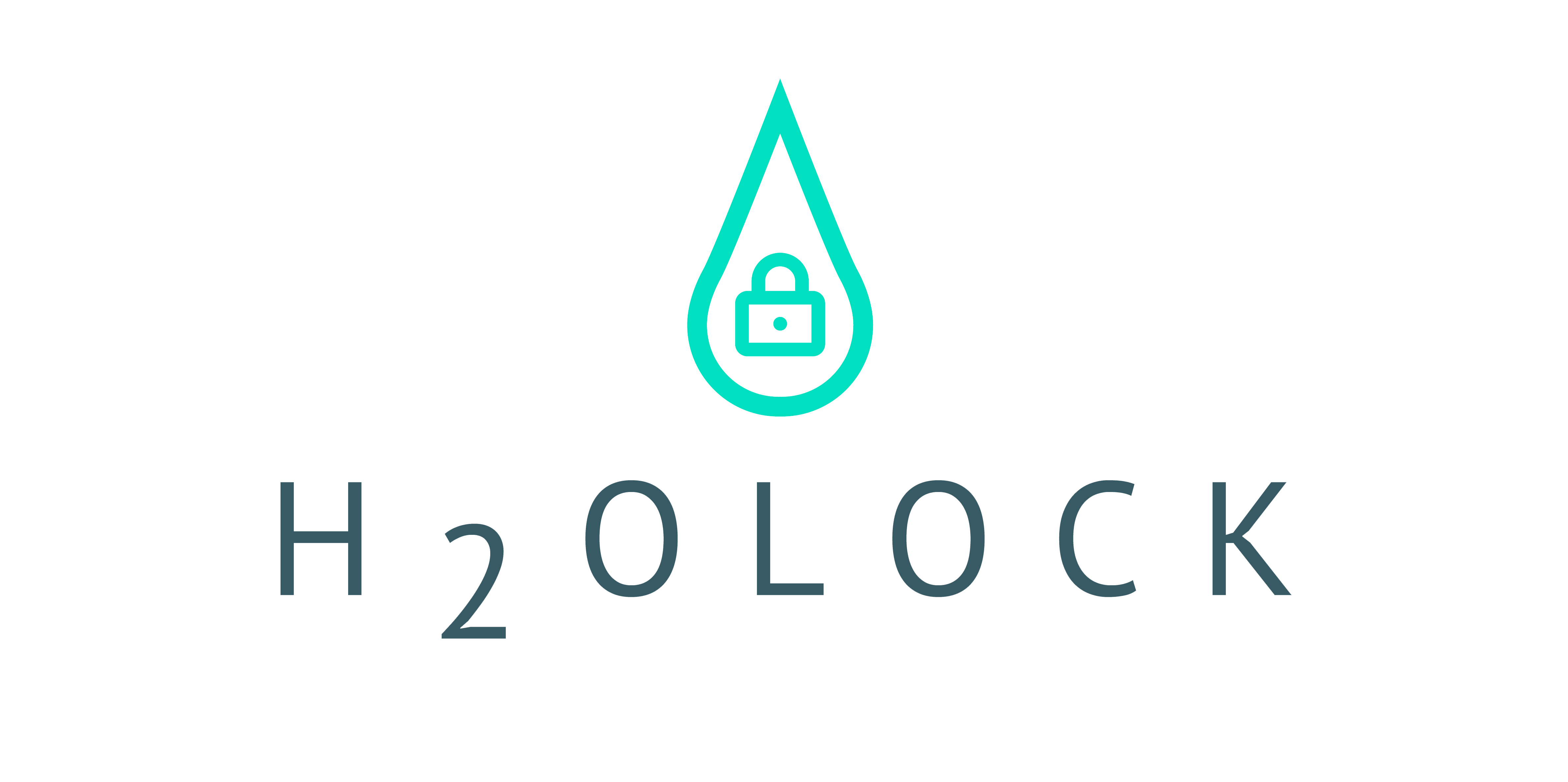Repurposing the surface of freshwater bodies, such as reservoirs and irrigation ponds, beyond their primary function can open up a range of economic and environmental benefits. This is the foundation of the LIFE H2Olock project, which offers a versatile solution to promote sustainable water resource management.
In the case of photovoltaic solar energy combined with irrigation reservoirs, this technology can bring the following improvements:
-
Evaporation reduction: By covering water bodies, floating solar panels help lower evaporation rates, which in turn enhances the efficiency of solar energy generation. Contrary to common belief, an increase of just one degree Celsius in the optimal operating temperature of photovoltaic panels can decrease their performance by about 0.3–0.36%. By blocking direct solar radiation from hitting the water, the temperature remains moderate, allowing the water to act as a natural coolant for the solar panels.
-
Algae growth prevention: The system nearly eliminates algae proliferation, since sunlight cannot penetrate the water. As a result, the life cycle of these microorganisms is interrupted. This leads to reduced eutrophication, improved water quality, and better performance of irrigation and water supply systems.
-
Wind erosion control: Floating photovoltaic installations also mitigate the erosive effects of wind on the banks and slopes of the water bodies where they are deployed.
-
Reduced carbon and water footprints: These systems positively impact both the carbon and water footprints of irrigation-related activities, whether in agriculture or urban supply. By replacing fossil fuels and minimizing water loss, they contribute to more sustainable resource use.

